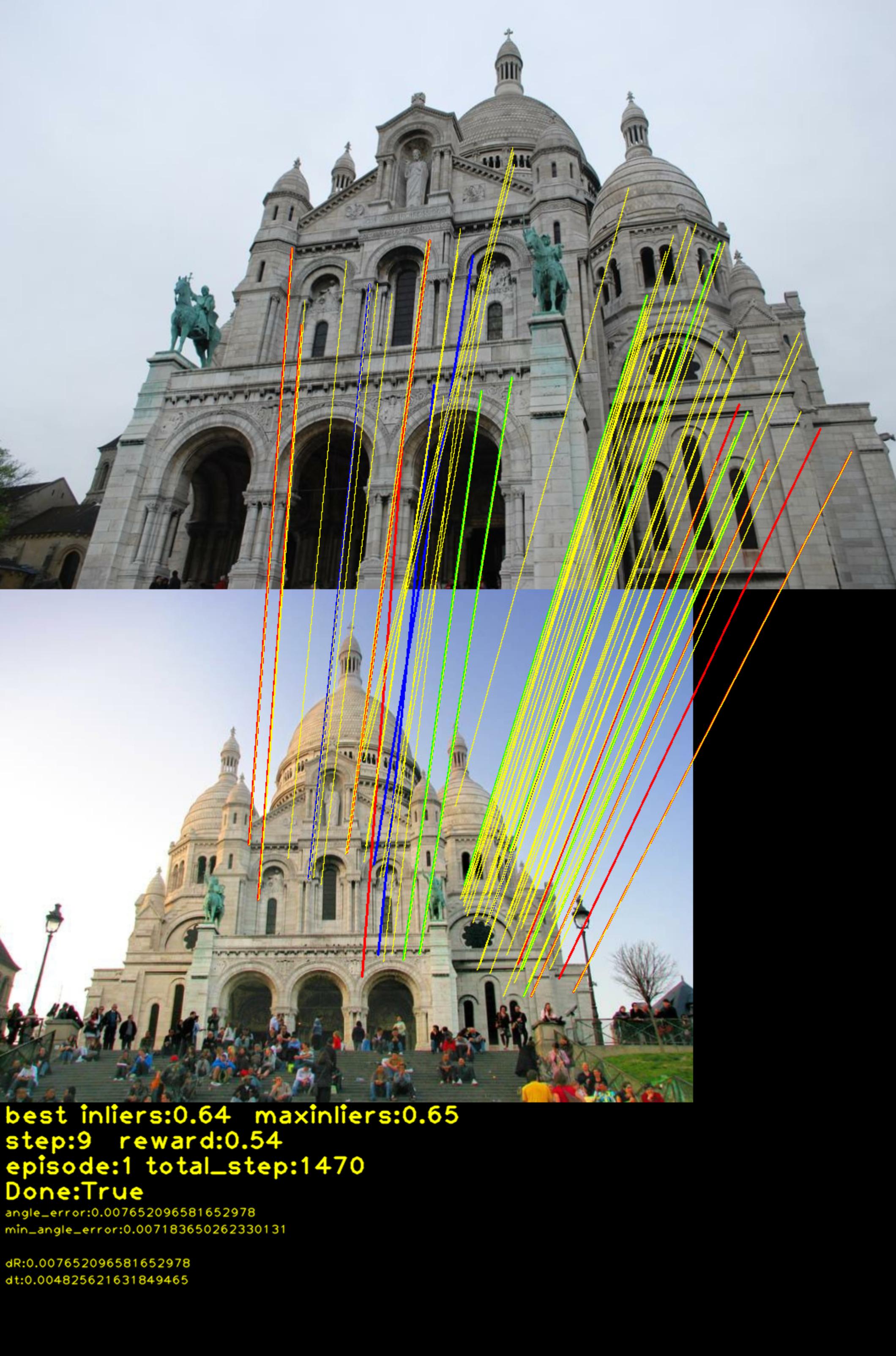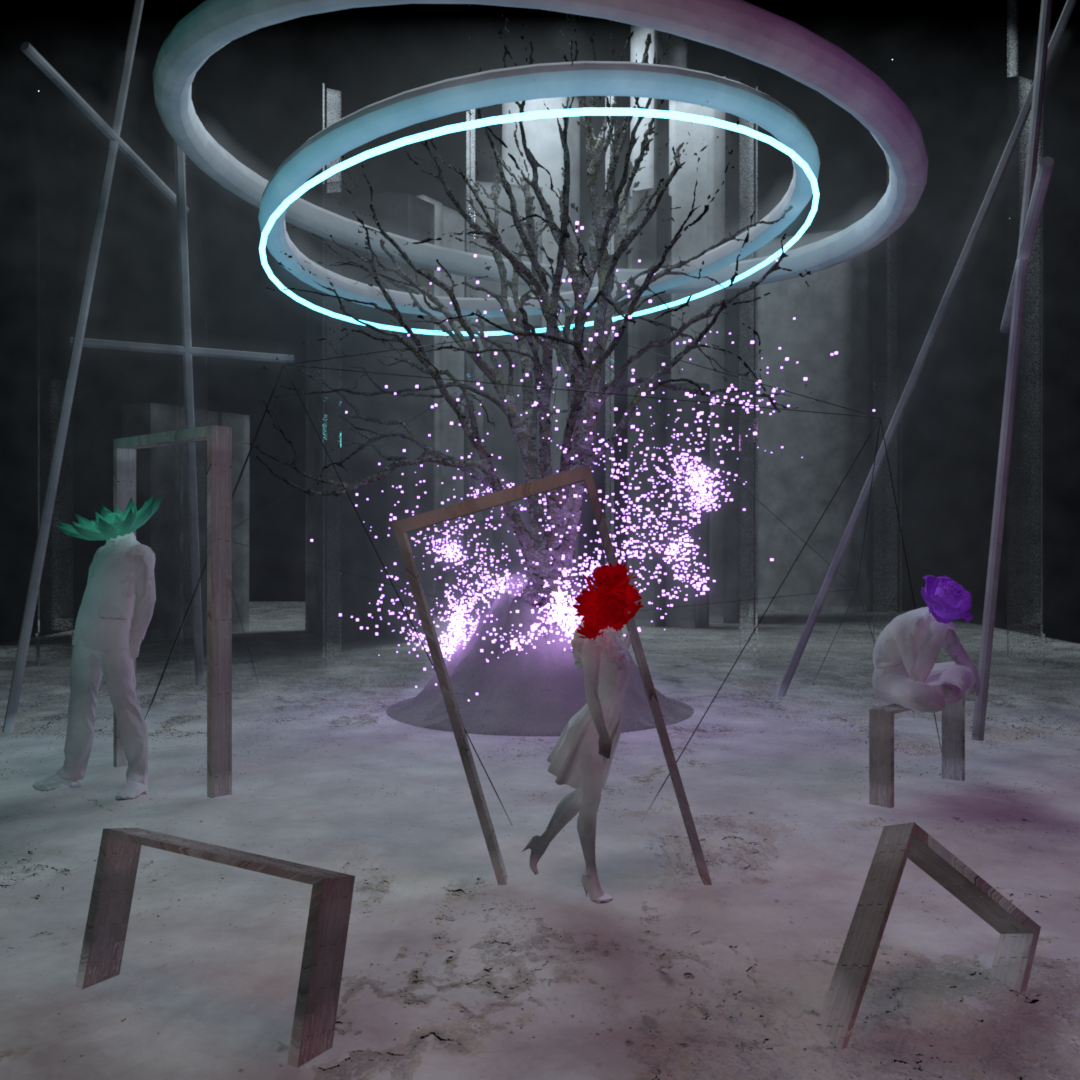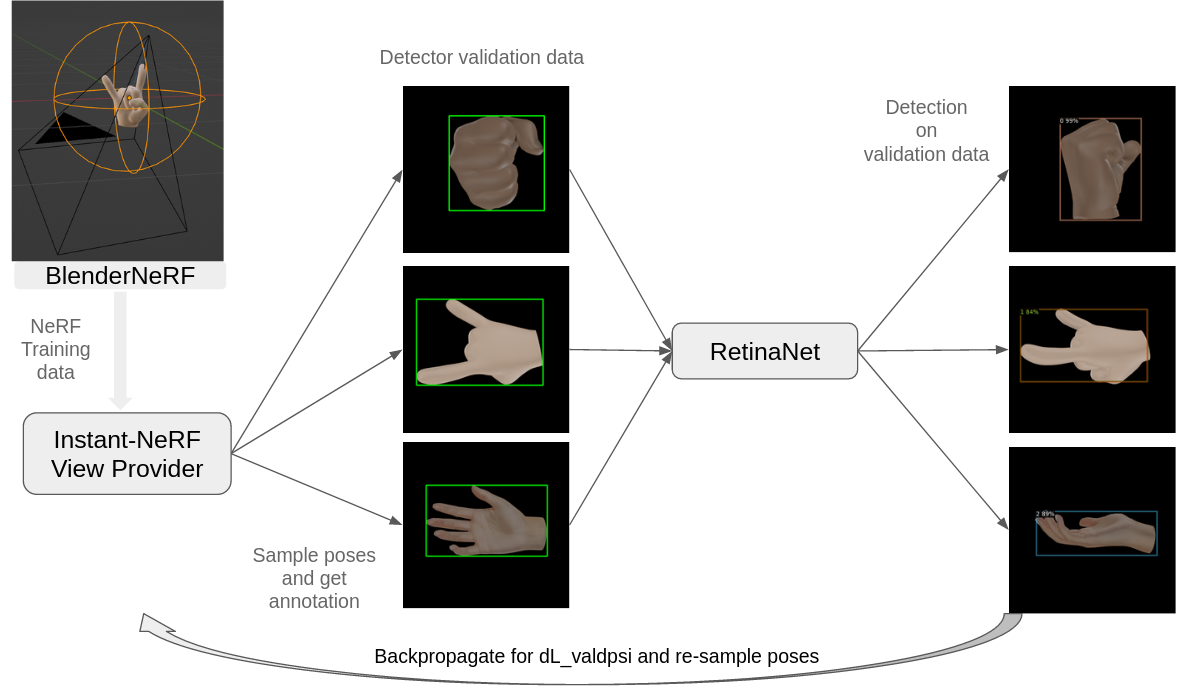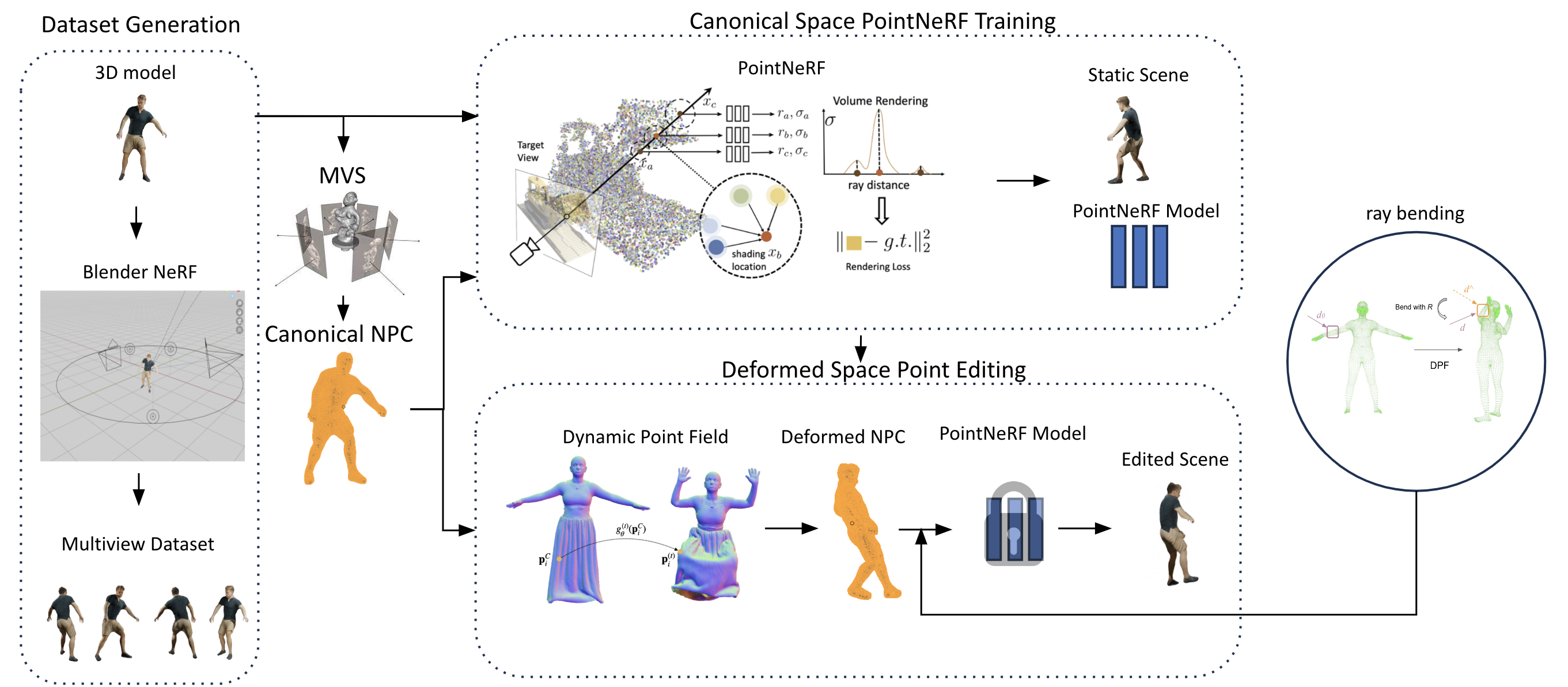About me
This is Haitao’s academic personal site! I am currently a M.S. student at ETH Zurich, majoring in Computational Science and Engineering(CSE). I obtained my bachelor degree in South China University of Technology in July, 2021, where I developed my interest in computational science, especially in fields of materials and physics.
During my study in ETH Zurich since 2021, I gradually learned fundamentals of CSE, including numerical methods and high performance computing, together with mathematical and machine learning basis. Then, I decided to specialize in computaional Roboitcs and started to grow interest in visual computing and computer graphics.
Research interest: I am open to any exciting combination of computer graphics, 3D vision and machine learning! (including Neural rendering, differentiable physically-based simulation, digital humans…)
News:09/2023: Start a semester project at Disney Research Studios, supervised by Xianyao Zhang and overseen by Dr. Marios Papas and Prof. Markus Gross
08/2023: Start a semester project at Interactive Geometry Lab, supervised by Dr. Jing Ren and overseen by Prof. Olga Sorkine-Hornung
09/2022: Dematriculated from M.Sc in Material Science and Engineering, enrolled in master programme of Computational Science and Engineering at ETH Zurich
09/2021: Enrolled in master programme of Material Science and Engineering at ETH Zurich
07/2021: Graduate from South China University of Technology (SCUT), achieving B.Eng. in Material Science and Engineering. Bachelor thesis: Constructing Vitrimer-like Materials from Coordinative Self-Assembly Structure
Personal/course projects: | Haitao Yu*, Jingyu Wang*, Yichen Mo* (* means equal contribution) Course project of Physically-Based Simulation in Computer Graphics HS2022 at ETH Zurich Github Repo In this project, we implement a fluid simulator with Taichi, which incroperates bunch of different numerical algorithms based on pervasive Advection-Projection methods. In specific, we compare the visual effect of a 2D plume among different algorithms, together with algorithm explanations. Especially, we also implement advection-refelction scheme according to this paper for better energy perservasion. |
 | Haitao Yu*, Zhiyuan Huang*, Turlan Kuzhagaliyev*, Saurabh Vaishampayan*, David Feng* (* means equal contribution) Course project of 3D Vision 2023 in ETH Zürich Report | Github Repo In this project, we propose and implement a Multi-Agent extension of RLSAC, a single-agent reinforcement learning based pipeline to perform robust sample consensus estimation. Particularly, we implement two broad categories of MARL: Counterfactual Policy Gradients (COMA)and Multi-Agent Soft Actor Critic, under the customized RLSAC environment. |
 | Haitao Yu Course project of Computer Graphics 2022 in ETH Zürich Github Repo In this project, I extend several advanced functionalities on Nori, a Physically-based Renderer developed during the course Computer graphics, including volumetric rendering in heterogenerous participating media, Disney BSDF, Image as Textures and Normal Mapping. I also manage to render a self-construct scene (right) and participate in the final round of the school-level Rendering Competition (2022 topic: Out of Place) . |
 | Haitao Yu*, Zhiyuan Huang*, Mingxuan Qin* (* means equal contribution) Course project of Deep Learning 2022 in ETH Zürich Report | Github Repo Generally speaking, we integrate Instant-NeRF (followed this pytorch implementaion) in the original version of Neural-Sim to facilitate NeRF model training and evaluation step for downstream task. We ran the experiments on a self-generated dataset: hand gesture detection based on BlenderNeRF, to verify the successful integration. |
 | Haitao Yu*, Deheng Zhang*, Tianyi Zhang*, Peiyuan Xie* (* means equal contribution) Course project of Digital Human 2023 in ETH Zürich Paper | Github Repo(Coming soon..) In this project, we proposed a new method for learning animatable human avatar model with point-based primitives. In specific, our method exploits the explicit point cloud to train the static 3D scene based on Point-NeRF and apply the deformation by encoding the point cloud translation using a deformation MLP. We also guarantee the rendering consistency by perform rotation-only ray-bending. The final animating avatar is comparable to other state-of-art animatable human models. |
